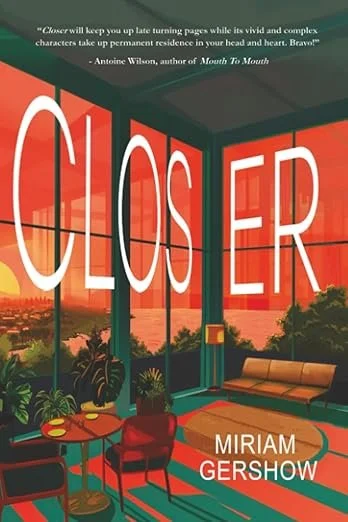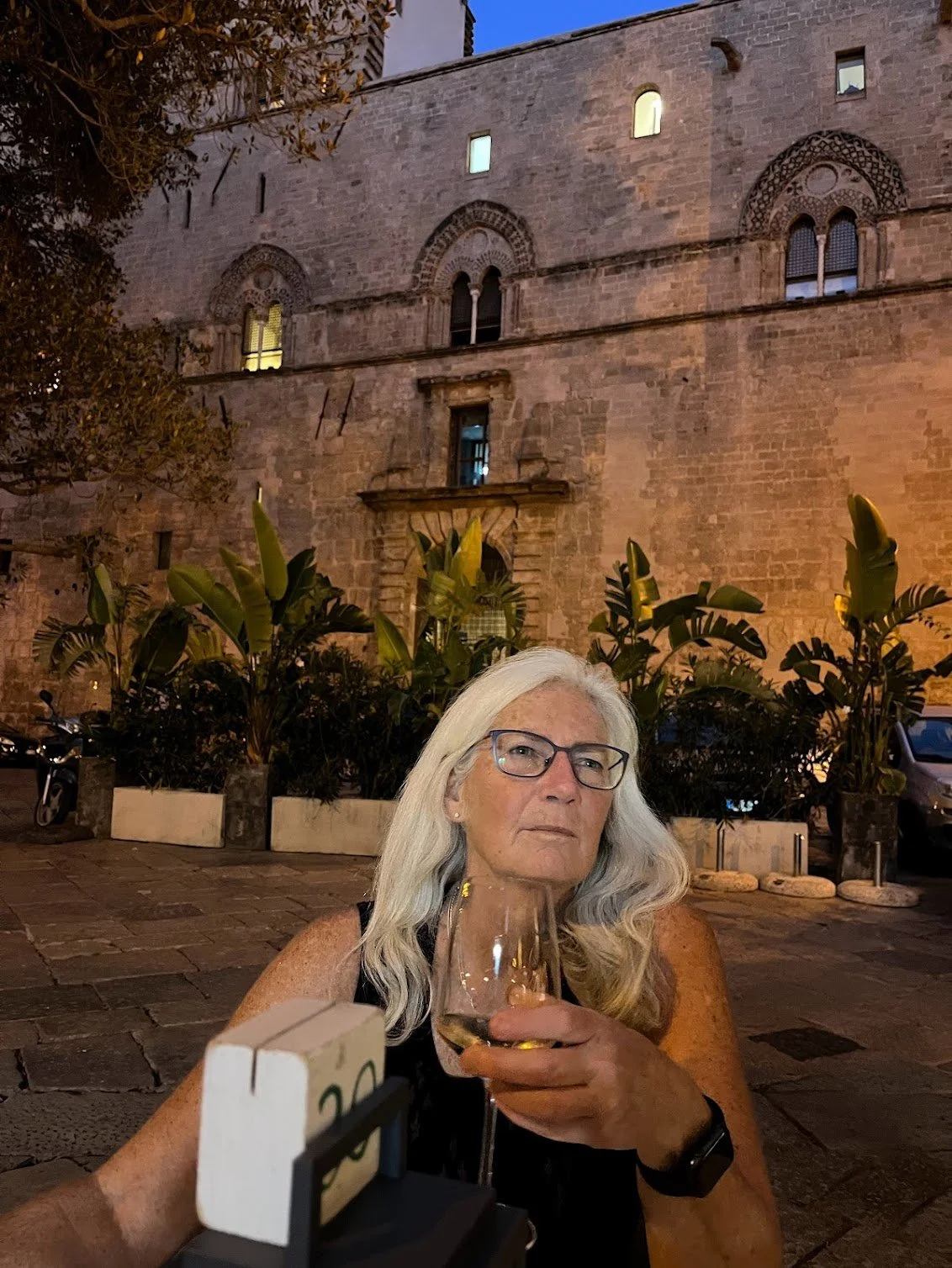“Everytown, USA”: a review of Miriam Gershow’s Closer by Catherine Parnell
Closer
by Miriam Gershow
Regal House Publishing (2025)
A poignant story of families in a high school community, each dealing with the personal, which becomes political, Closer by Miriam Gershow navigates and excavates the interiority of the lived life. Chapter by chapter, readers meet the complex characters inhabiting a town that could be Everytown, USA. The pivotal and tragic event takes place early in the novel, posing the question, How did they, the vivid characters, get there? It’s an Odyssean journey, filled with modern-day shipwrecks, and by the end, the sodden characters are cast upon shores they never expected to find. Some die, others succumb to temptation, and still others flee.
The scene is a high school in Oregon in 2015-2016 (the Obama years, remember them?), and guidance counselor Woody is tasked with ushering students through the pre-college years. He, and several of the high school students, Lark, Livvy, Baz, Shocky, and Monique, are the lynchpins.
Each young adult contends with issues. Lark, maimed by a dog bite, suffers from shyness. Outgoing and in-your-face Livvy is Lark’s best friend, and academically brilliant Baz is a Black student with a disabled brother requiring constant care and intervention. Baz’s best friend is known as Shocky the Arab because no one can pronounce his name, and athletic Monique becomes Lark’s girlfriend when Livvy deserts her. Each person wrestles with high school in ways that leave them on the outs, but they find solidarity in their relationships with one another. As the guidance counselor who comes to know the students and their families, Woody juggles ethical issues with the students’ need to be heard and understood – and he often crosses the line. As he knows, high school is a vortex teeming with microbes of maturation, and he’s not immune.
In his poem “Back to Country with Pulitzer,” Liam Rector notes that high school is “Another thing from which no one / Ever recovers,” and this plays out in Closer. When white students taunt a Black student — Baz — in the school library, an uncontrollable racist conflagration burns through the school, and it worsens when Livvy and Baz take up their relationship. The adults in the story face their own issues — caring for an aging parent and a disabled child, financial strife, and adultery. How all this leads to the tragedy is web-like in an action and reaction series of events that tears the community apart.
Gershow structures the novel in chapter-like vignettes, each dedicated to one character and a specific situation. With phrases like “the oddest feeling of not being able to feel his cheeks” (guidance counselor Woody), “they were like a big fuck you to everyone who’d given them grief” (Baz and Livvy), and “It was nice, for once, to swirl the world” (Lark), Gershow’s prose thrusts readers deep into each scene, leaving them juddering with intimacy. Readers know the characters in Closer (perhaps even attended high school with their real-life compadres) and will yearn to warn them, beg them for compassion, revel in their joys. For there is joy in this novel — the thrill of being fully human.
Reckoning, resilience, and acceptance are neatly threaded throughout Closer, yet no one ever recovers from the tragedy and the events leading up to it. They learn to live with it, maybe even live better, wiser. The novel may well fall into the coming-of-age category, but only if the age is the one we live in, rife with turbulence, splattered with racism, knotty with misunderstanding, and foundering with judgmental disapprobation. Closer offers a lesson to all of us — take your pick, but know that the saving grace will always be kindness, respect, and genuine care for one another — and ourselves.
Catherine Parnell is a writer, editor, educator, and the Director of Publicity for Arrowsmith Press. She is co-founder of MicroLit and serves on the board of Wrath-Bearing Tree. Her publications include the memoir The Kingdom of His Will, as well as stories, essays, and reviews and interviews in The Compulsive Reader, Reckon Review, Five on the Fifth, LEON Literary Review, Cutleaf, Funicular, Litro, Heavy Feather Review, Mud Season Review, Emerge, Orca, West Trade Review, Tenderly, Cleaver, Free State Review, The Brooklyn Rail, The Rumpus, The Southampton Review, The Baltimore Review, and other literary magazines.


